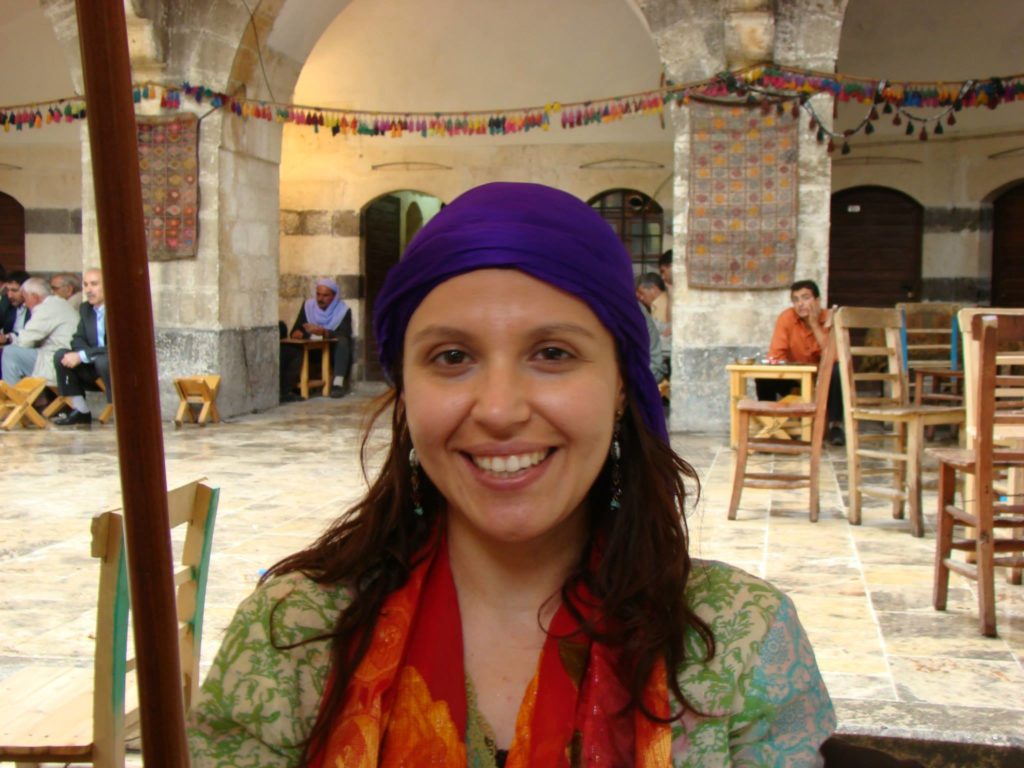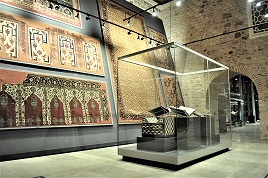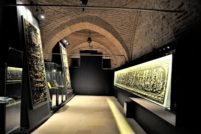
By Dr.Deniz GÜNDOĞDU (ATASAGUN), Restorer Architect (MSc.) and Disaster Management (PhD) at Turkish Ministry of Culture and Tourism
During these hard times for people’s health and security, a major duty of the Turkish Ministry of Culture and Tourism is to consider the possible aftermath of this health crisis. Considering any unwise management of our fragile material cultural heritage caused by this worldwide crisis and facing its possible consequences is a good attempt at avoiding the worst outcome.
Studies show that Coronavirus has a limited survival time on various surfaces. All museums and cultural institutions were kept closed and all cultural events postponed before the pandemic reached a crisis level in Turkey, meaning that any possible contact of cultural heritage objects with the virus had been prevented by March 2020. Thus, it is clear that re-opening museums as well as libraries and historical sites after a few hours of natural ventilation should not pose any health problems.

It is also true that any chemical substance used for sanitation purposes can pose the risk of damaging the exhibited or stored cultural heritage objects and collections, especially if they are not protected. Even cleaning surfaces in proximity of such objects with harmful chemical substances like bleach or disinfectants would pose great danger to cultural heritage art works and properties. Considering that many art works of Ottoman Heritage, especially archival material have high bonding capacity with other atoms and could possibly be subject to deterioration due to the alteration of atmospheric conditions, any such treatment should be approached with utmost care. Of course, the risk of chemical reaction on building materials, murals and other decorative elements should also be carefully assessed.

Using UV radiation with efficient time intervals to remove the coronavirus, but only long enough so as not to create any risk for the objects seems to be the best feasible solution. A way of doing this could be for example to partially replace current illumination systems with UV lamps, following specific scientific assessments under the control of experts.
However, the best and safest solution would be to keep museums, historical sites and other cultural heritage properties closed until conditions return to normality. Although precautions should be taken for the continuity of their safety and security against secondary hazards like failing of systems, electric power shortage /failure, water leakage, flooding (as this is the rainy season when in some areas snow melting occurs), theft, vandalism, terrorist attacks, etc.
The crucial issue regarding cultural heritage is the breakdown of current restoration works, and the consequent suspension of the urgent restoration requirements due to this situation. Particularly measures as the reduction of staff working in the field and limitation of work periods, which are currently applied for restoration works carried out in enclosed environments, although necessary to ensure health and safety have caused considerable economic pressure on contractors. The Turkish Ministry of Culture and Tourism has implemented a series of economic measures, in order to protect the contractors as well. Special measures have been taken to ensure health safety of the employees and permits to keep up the restoration work, allowing all our sites to remain active.
However, it seems we will have to undertake the risk of some break in the continuity of restoration and maintenance of cultural heritage. In this case, the first action to be undertaken as soon as we return to normality should be a rapid assessment of these measures to cultural heritage and the application of a series of legal actions to facilitate budget allocations for necessary urgent restoration works.
The most critical factor aggravating economic difficulties is definitely the loss of revenue caused by the forced closure of cultural institutions, museums and historical sites. The fact that no visitors from abroad will be able to travel to tourist areas for a longer period has certainly a multiplier effect.
Increasing and continuing maintenance and service costs are compelling factors urging us to find other funds for the maintenance of such areas. What we fear is an inevitable serious setback with increased costs and consequent economic crisis triggered by the global COVID-19 crisis. It seems that institutions will have to find alternate fund sources, forcing their creativity. This drastic halt of human mobility will eventually change the social and economic structure of the world, thus evolving and reshaping the exhibition methods of our cultural heritage in the future.






